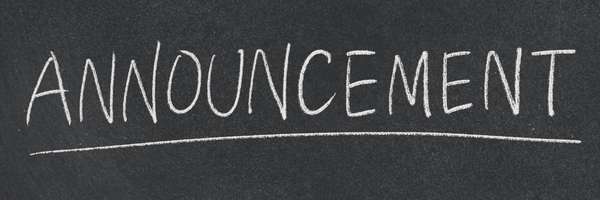Variable rate mortgage holders are in for more pain after the RBA raised the cash rate by another 50 basis points at its September meeting today.
The cash rate now sits at 2.35%, which is its highest level since the beginning of 2015.
RBA Governor Philip Lowe said that the outlook for global economic growth had deteriorated thanks to high inflation, monetary policy tightening, Covid, the war in Ukraine and policy challenges in China.
“Inflation in Australia is the highest it has been since the early 1990s and is expected to increase further over the months ahead,” Lowe said in his statement. “Inflation is expected to peak later this year and then decline back towards the 2–3% range. The expected moderation in inflation reflects the ongoing resolution of global supply-side problems, recent declines in some commodity prices and the impact of rising interest rates.
“The Bank’s central forecast is for CPI inflation to be around 7.75% over 2022, a little above 4% over 2023 and around 3% over 2024.”
What it means for borrowers
RateCity numbers show that with a new cash rate of 2.35%, average owner -occupiers will be paying 5.11% on their variable rate mortgages, while anything under 4% will be considered competitive.
Investors will be paying 5.46% on average and competitive rates will be below 4.30%.
It is anticipated about 12 lenders will have rates available in the competitive bracket for both categories.
The average owner-occupier will see their monthly repayments rise by $144 in September, if their lender passes on today’s 0.50 percentage point hike in full.
All up there have been 2.25 percentage points’ worth of hikes since May, which adds up to an extra $614 a month for the average borrower, assuming they had a $500,000, 25-year loan before the hikes began.
No surprises, economists say
Tuesday’s decision came as a surprise to no one, with analysts only divided on whether the rise would be by 25 or 50 basis points.
KPMG economist Sarah Hunter said “although the drop in employment in July suggests that growth momentum is now easing, activity levels are still very high in absolute terms. The economy is testing the limits of its supply side capacity, and in this environment, inflationary pressures remain elevated”.
AMP’s Shane Oliver said “price pressures remain intense with inflation still high and likely to rise to around 7.5% by year end. As such the RBA remains under pressure to bring demand back into line with supply and to continue signaling that it is committed to its 2–3% inflation target in order to keep inflation expectations down.”
Despite the back to back aggressive rate increases since May, a new Canstar study found that more than two-thirds of borrowers don’t expect to be affected badly, with a number now claiming to be prepared for ongoing hikes.
Nearly half the respondents of the firm’s August survey said they didn’t expect hikes to make any change to their financial position, while a further 13% had either saved money in advance to cover the larger loan repayments, or were on fixed rates.
A temporary fix
Those borrowers on fixed repayments do however need to prepare now for when their fixed rate term ends, or face a major financial shock to the system, experts have warned.
Some could be paying close to $1000 extra a month all of a sudden after locking in dirt cheap rates of between 2 and 2.5 per cent in 2020 and 2021.
Canstar money expert Effie Zahos said the repayment increases would be a “rude shock” for homeowners.
“The worst thing you can do while you’re rolling off a fixed rate term is just accept the status quo,” she told News Corp. “Ask yourself ‘how competitive is my rate going to be?’
“It’s worth having a conversation with a mortgage broker or a lender. You may need to refinance. The banks all have cheaper basic loan products. And some loan products with a four-year fixed rate could even be an option.”





